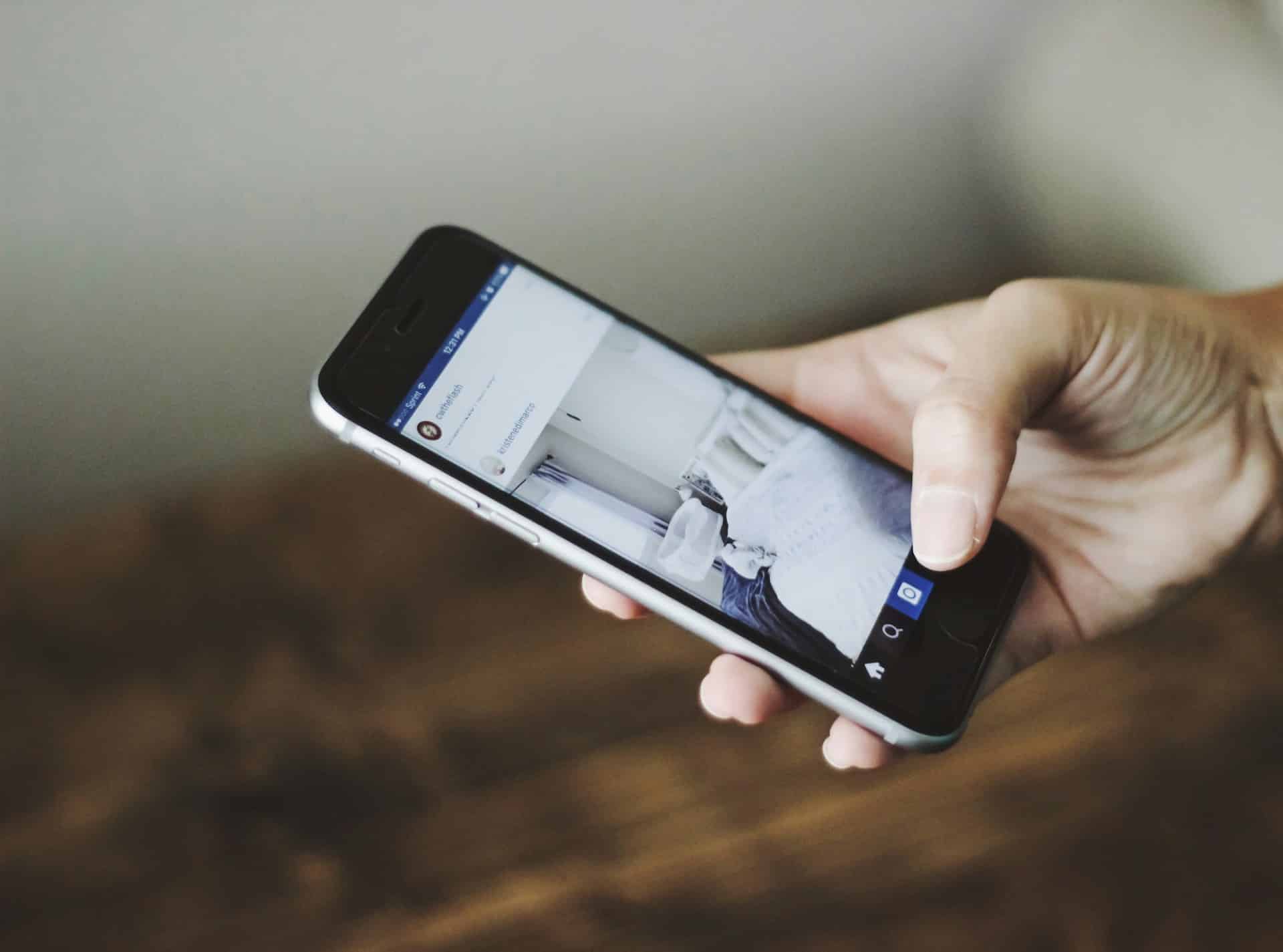The advent of smart home technology has radically transformed how we interact with our living spaces. Today, smartphones play a pivotal role in controlling smart home devices, making it easier and more convenient to manage our homes. This article delves into the various methods you can use to integrate your smartphone with home automation systems, enhancing your home’s security, efficiency, and overall comfort.
The Versatility of Smart Home Apps
Smart home apps serve as the central hub for managing connected devices, enabling you to control everything from lighting to security systems with just a few taps on your screen. Whether you’re using Google Home, Apple HomeKit, or a third-party app, these platforms consolidate control, making them indispensable for modern smart homes.
In the same genre : How to Use Your Smartphone for Efficient Note-Taking?
When you download a smart home app, it facilitates the initial setup and ongoing management of your smart devices. For instance, the Google Home app allows you to pair multiple devices like smart speakers, thermostats, and even Philips Hue smart lighting systems, giving you seamless control over your home’s environment. These apps often come with user-friendly interfaces, making it easy for anyone to get started.
Moreover, many smart home apps support IFTTT (If This Then That) integrations. This feature allows you to create custom automation routines that trigger specific actions based on certain conditions. For example, you could set your lights to turn on automatically when your phone connects to your home Wi-Fi, adding an extra layer of convenience.
Topic to read : How to Use Your Smartphone for Efficient File Management?
In summary, smart home apps are the gateway to a more connected, efficient home. By consolidating control into a single platform, they simplify the management of multiple IoT devices, making your life easier and your home smarter.
Voice Commands and Virtual Assistants
Voice commands have revolutionized how we interact with our smart homes. Virtual assistants like Google Assistant and Amazon Alexa enable hands-free control over a myriad of smart devices, from lighting to home security systems. This method of interaction not only enhances usability but also adds an element of futuristic convenience to our daily lives.
Using voice commands, you can effortlessly manage tasks such as setting the thermostat, turning on the lights, or even locking doors. For instance, with a simple “Hey Google, turn off the living room lights,” you can control your Philips Hue bulbs without lifting a finger. This functionality is particularly beneficial for individuals with limited mobility or those who often have their hands full.
Virtual assistants are continuously evolving, becoming more intuitive and context-aware. They can understand complex commands and even follow multi-step instructions. For example, you could say, “Hey Google, I’m leaving,” and your assistant could lock the doors, turn off the lights, and set the thermostat to eco-mode, all in one go.
Furthermore, voice commands integrate seamlessly with other smart home technologies, allowing for a cohesive and harmonious living environment. As these technologies advance, the potential for more sophisticated and personalized interactions grows, making your smart home even smarter.
Remote Control and Monitoring
One of the greatest advantages of smart home technology is the ability to control and monitor your home remotely. With a smartphone, you can manage your smart home devices no matter where you are, providing peace of mind and enhanced security.
Remote control capabilities extend to various home devices, including smart thermostats, security cameras, and appliances. For example, if you’re away on vacation, you can use your smartphone to check live feeds from your security cameras, ensuring that everything is in order. Similarly, you can adjust your thermostat remotely to ensure your home is at the perfect temperature when you return.
Additionally, remote monitoring allows you to receive real-time alerts and notifications. If any unusual activity is detected by your security system, your smartphone will immediately notify you, enabling you to take swift action. This feature is particularly valuable for those who travel frequently or have multiple residences to manage.
The integration of remote control and monitoring into smart home systems exemplifies the convenience and security that IoT devices bring to our lives. By leveraging these capabilities, you can stay connected to your home, no matter where you are.
Enhancing Home Security with Smart Devices
Home security is a major concern for many homeowners, and smart home technology offers innovative solutions to address these worries. Using your smartphone, you can seamlessly integrate and control smart security devices, ensuring your home is always protected.
Smart locks, for instance, offer keyless entry and can be controlled remotely via your smartphone. This means you can lock or unlock your doors from anywhere, and even grant temporary access to guests or service providers. Additionally, smart locks often come with features such as auto-locking and activity logs, enhancing the overall security of your home.
Another critical component of smart home security is smart cameras. These devices allow you to monitor your property in real-time, capturing high-definition video footage that can be accessed through your smartphone. Many smart cameras also come equipped with motion detection and night vision capabilities, providing comprehensive surveillance around the clock.
Smart home security systems often include sensors and alarms that can detect intrusions, smoke, or other emergencies. These systems are interconnected and can send instant alerts to your smartphone, allowing you to respond quickly to any potential threats. In some cases, they can even be integrated with professional monitoring services for added protection.
By leveraging smart security devices and your smartphone, you can create a robust and reliable security system that ensures the safety of your home and loved ones.
Smart Lighting and Energy Management
Smart lighting is one of the most popular applications of smart home technology, offering both practicality and energy efficiency. Using your smartphone, you can control smart lighting systems like Philips Hue, which allows you to adjust the brightness, color, and scheduling of your lights to suit your preferences.
One of the key benefits of smart lighting is the ability to create custom lighting scenes and schedules. For example, you can program your lights to gradually brighten in the morning, simulating a natural sunrise to help you wake up more comfortably. Similarly, you can set your lights to dim in the evening, creating a relaxing ambiance before bedtime.
Smart lighting also enables energy management by allowing you to monitor your energy usage and make adjustments to reduce consumption. For instance, you can set your lights to automatically turn off when no one is in the room, or use motion sensors to trigger lights only when necessary. This not only helps you save on energy bills but also contributes to a more sustainable lifestyle.
Furthermore, smart lighting can enhance home security by simulating occupancy when you’re away. By scheduling your lights to turn on and off at different times, you can create the illusion that someone is home, deterring potential intruders.
By integrating smart lighting with your smartphone, you can enjoy a more convenient, efficient, and secure home environment.
In conclusion, smartphones have become an integral part of smart home automation, offering a multitude of methods to enhance the functionality and convenience of our connected homes. From the versatility of smart home apps and the hands-free control of voice commands to the peace of mind provided by remote monitoring and smart security devices, smartphones offer a seamless and intuitive way to manage and control our smart homes.
Additionally, the integration of smart lighting and energy management systems allows us to customize our living spaces and reduce our environmental impact. As smart home technology continues to evolve, the possibilities for creating a more connected, efficient, and secure home are endless.
By embracing these methods and leveraging the power of your smartphone, you can transform your home into a smart haven, tailored to your needs and lifestyle. Whether you’re just starting your smart home journey or looking to expand your existing setup, the potential benefits are immense, making your home smarter, safer, and more energy-efficient.











